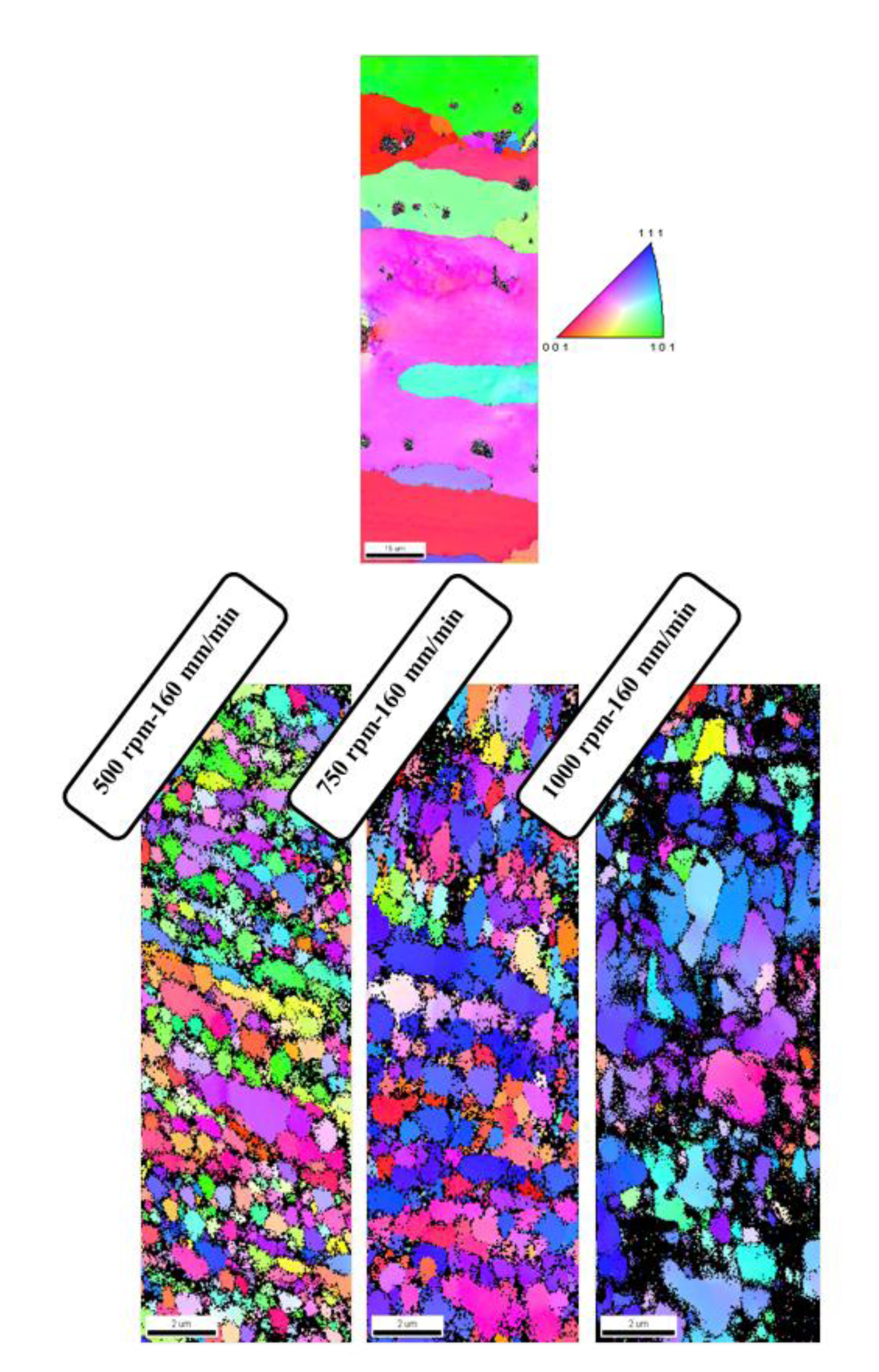Mon, Jan 27, 2025
[Archive]
Volume 15, Issue 3 (September 2018)
IJMSE 2018, 15(3): 43-52 |
Back to browse issues page
Download citation:
BibTeX | RIS | EndNote | Medlars | ProCite | Reference Manager | RefWorks
Send citation to:



BibTeX | RIS | EndNote | Medlars | ProCite | Reference Manager | RefWorks
Send citation to:
Taleblou M, Borhani E, Yarmand B, Kolahi A. Structural and Optoelectrical Properties of Single Phase SnS2 Thin Films at Various Substrate Temperatures by Spray Pyrolysis. IJMSE 2018; 15 (3) :43-52
URL: http://ijmse.iust.ac.ir/article-1-1069-en.html
URL: http://ijmse.iust.ac.ir/article-1-1069-en.html
Abstract: (19353 Views)
Thin films of SnS2 were prepared, as the absorber layer in solar cells, using an aqueous solution of SnCl4 and thiourea by spray pyrolysis technique. Effect of the Substrate temperature on the properties of these thin films was studied. Investigation via XRD showed the formation of polycrystalline SnS2 along (001) in all layers; there was no sign of other unwanted phases. With increasing of substrate temperature from 325 to 400 0C, the crystallinity of the sample was improved, after that, it deteriorated the crystallinity. Layers had granular morphology and Valley- Hills topography. UV-VIS spectra revealed that the transmittance of all layers was lower than 40% in the visible region and the band gap reduced from 2.8 to 2.55 eV with increment in temperature from 350 to 400 0C. Photoluminescence spectra of the prepared film, which was formed at 400 0C showed a dominant peak at 530 nm, caused recombination of excitons. The least electrical resistivity of the SnS2 thin film prepared at 400 0C in dark and light environment were 4.6 ×10 -3 Ωcm and 0.65×10 -3 Ωcm, respectively; which demonstrated 400 0C was the optimum temperature in point of optoelectrical properties in the SnS2 thin film.
Type of Study: Research Paper |
Subject:
physical and thermal properties
Send email to the article author
| Rights and permissions | |
 |
This work is licensed under a Creative Commons Attribution-NonCommercial 4.0 International License. |








